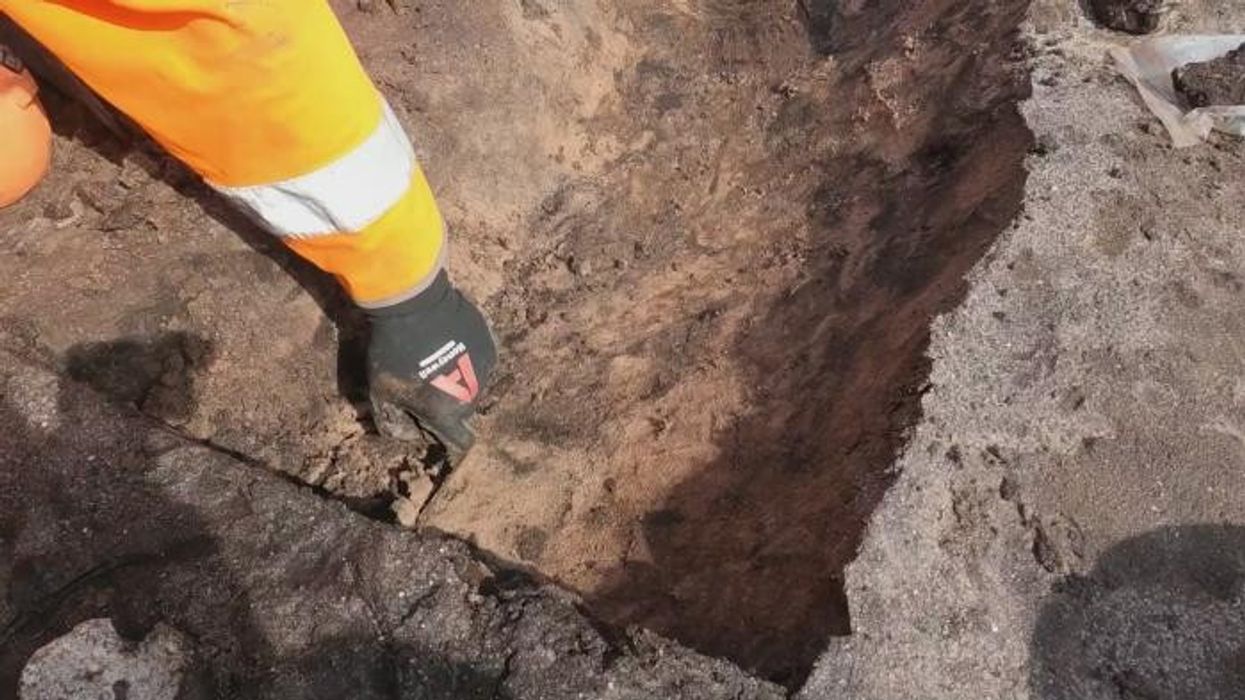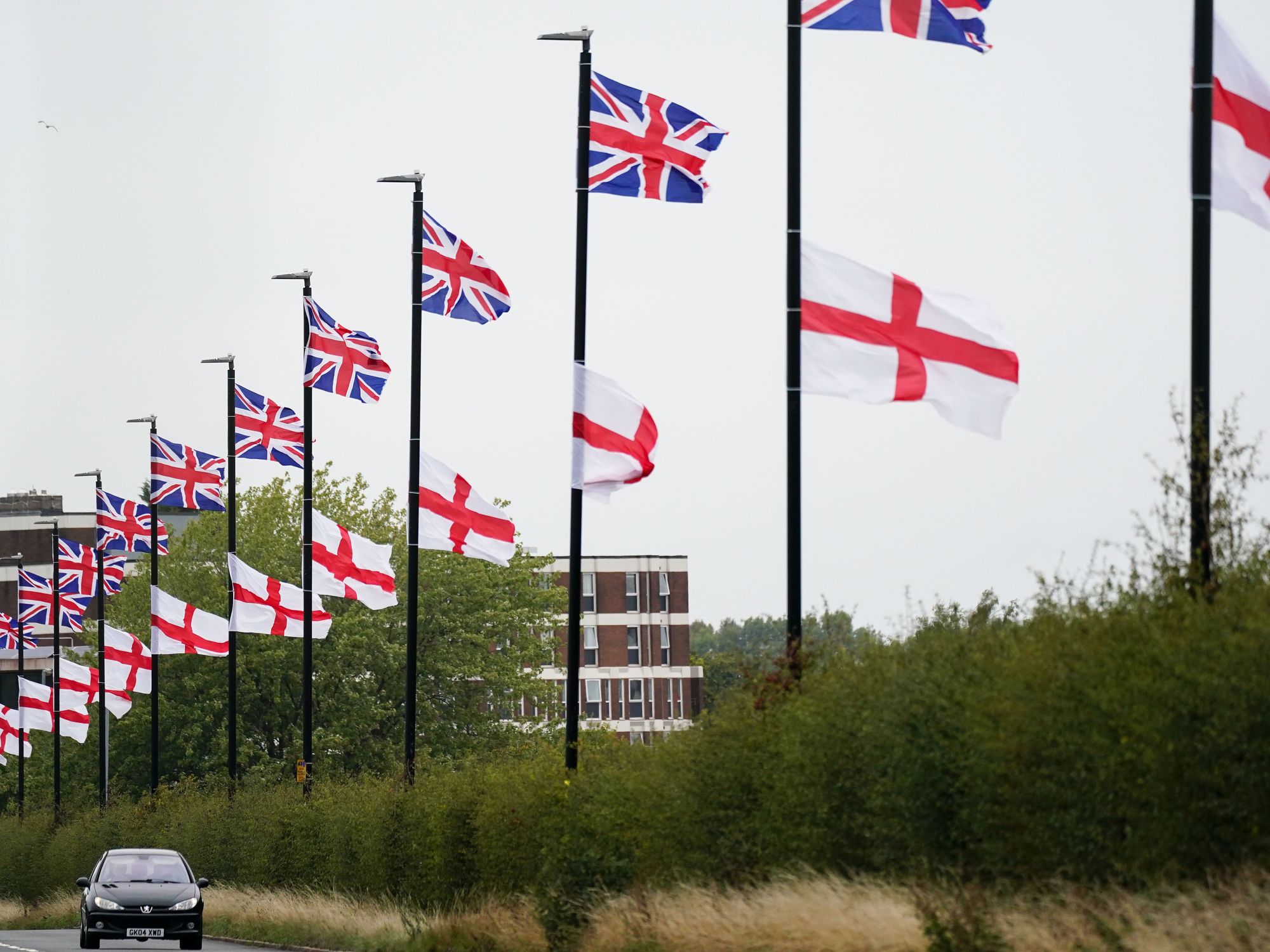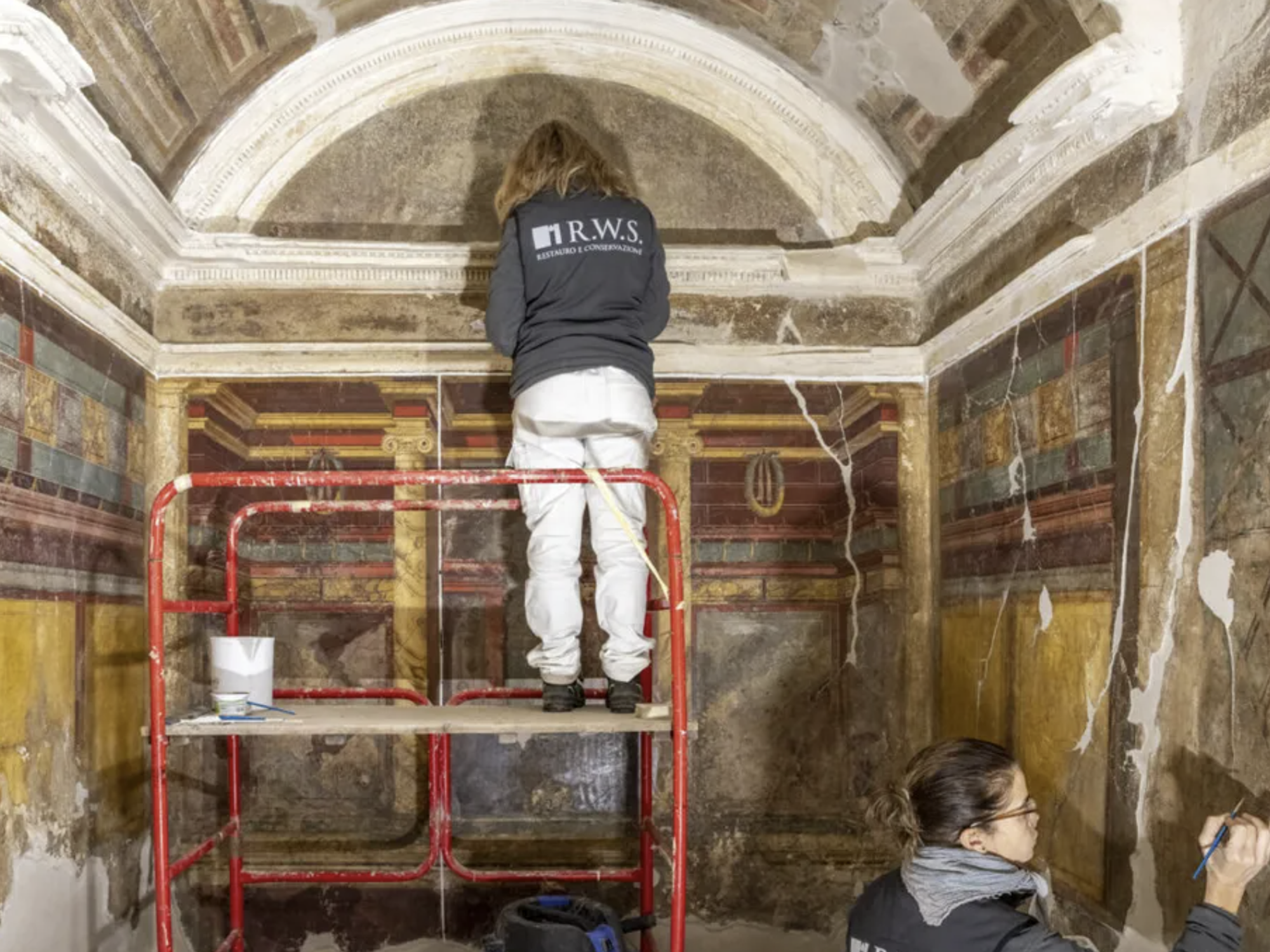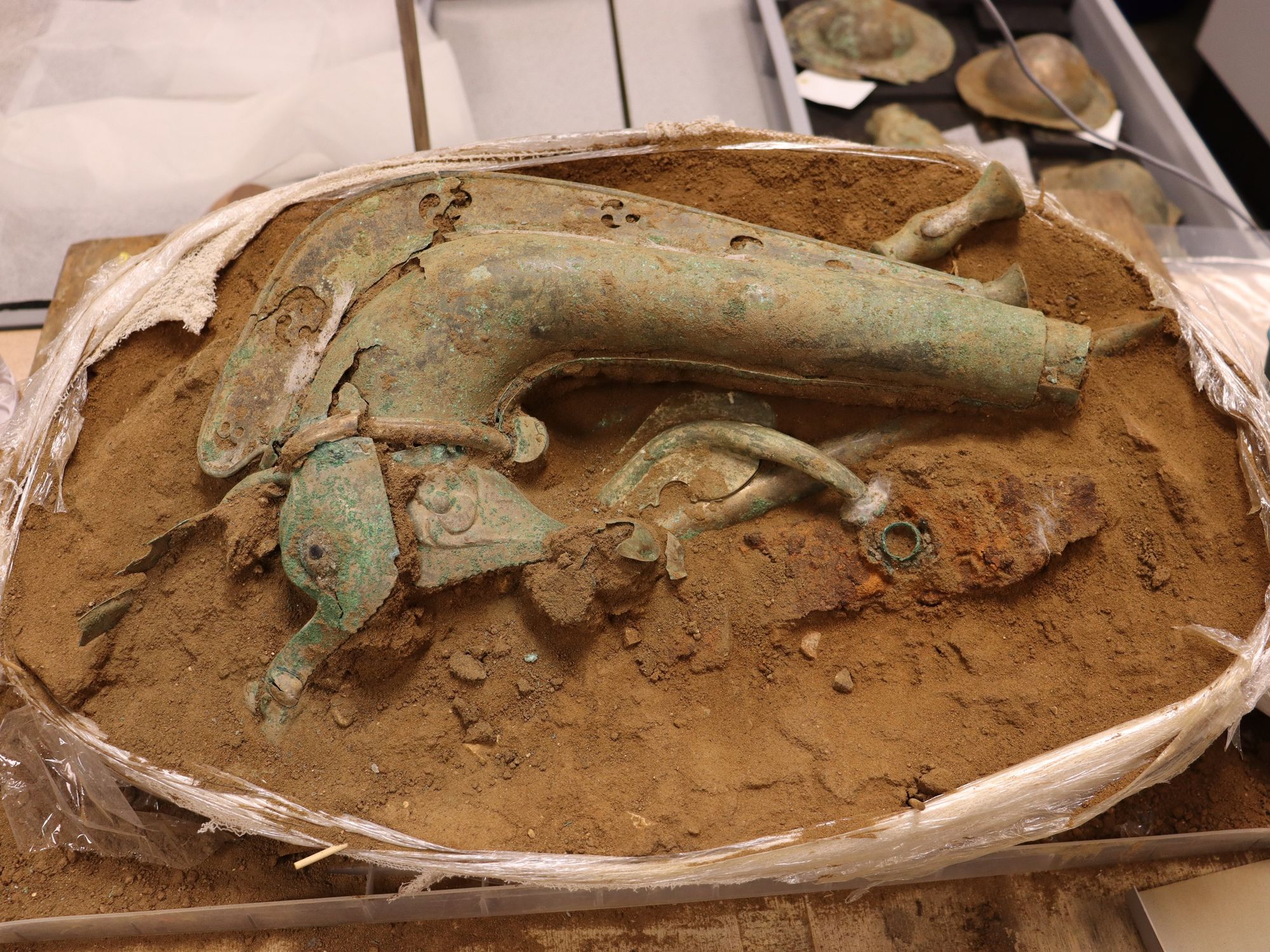Archaeologists make 'remarkable discovery' buried under streets of London
The 2,000-year-old stretch of road was discovered in Southwark, southeast London
Don't Miss
Most Read
Archaeologists have found a section of a Roman road in southeast London, part of one of the most important roads built during Roman times.
The road, known as Watling Street, was unearthed during excavation work by Southwark Council and utilities company Veolia to install a low-carbon heat network.
The street was part of a road that ran for 276 miles between Dover and the East Midlands.
Built shortly after the Roman invasion of Britain in 43AD, it proved very difficult for archaeologists to pinpoint evidence of the route it took, despite Roman roads typically being straight.

The discovery was made under Old Kent Road in Southwark
|Southwark Council
The council's in-house archaeology officer Dr Chris Constable said: "I’m pleased this project has answered our questions over the course of the Roman road."
Dr Constable explained that a section of the road had been discovered in the early 1990s and they hoped to find a further part of the road in this new project.
He said: "In the planning for this project, we’d expected to solve this question but the extent of survival of the road is remarkable.
"We hope this project will answer some other archaeological questions in the borough.”
MORE LIKE THIS:
- Archaeology breakthrough as ancient battle site discovered using declassified spy satellite images
- Scientists make major breakthrough over world’s best-preserved dinosaurs
- Archaeologists take action to save historic shipwreck artefacts which risked being hidden for good
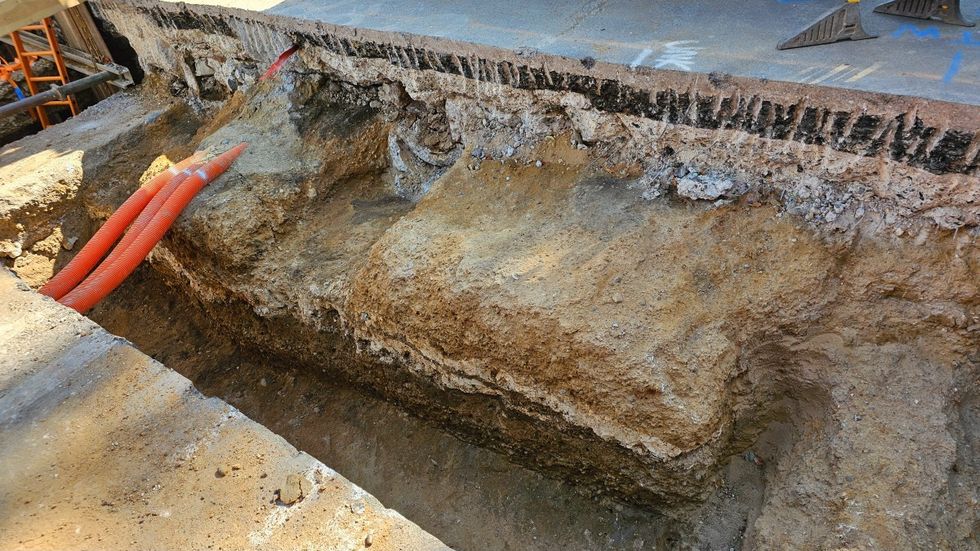
Layers of chalk, sand and gravel can be visible on the road
|Southwark Council
Initially discovered by a team of archaeologists from MOLA (Museum of London Archaeology), the segment of road is the first physical proof that sections of the 2,000-year-old road survived, directly below the modern Old Kent Road.
Dave Taylor, MOLA's project manager, said: "It’s amazing this section of road has survived for almost 2,000 years."
He added: "There has been so much activity here over the past few hundred years, from sewers to power cables, tramlines and of course the building of the modern road, so we’re really excited to find such a substantial chunk of Roman material remaining."
The road can be seen with distinct layers of chalk, sand and gravel helping to preserve its strong condition.
The road ran from the bridgehead on the Thames, passing over Ludgate Hill and Fleet.
The piece measures about 19ft (5.8m) wide by almost 5ft (1.4m) high and is in a well-preserved condition.
It will be marked with a sign next to the Old Kent Road bridge. The sign will be titled 'A Home from Home' to celebrate the area's diversity and transformation.


